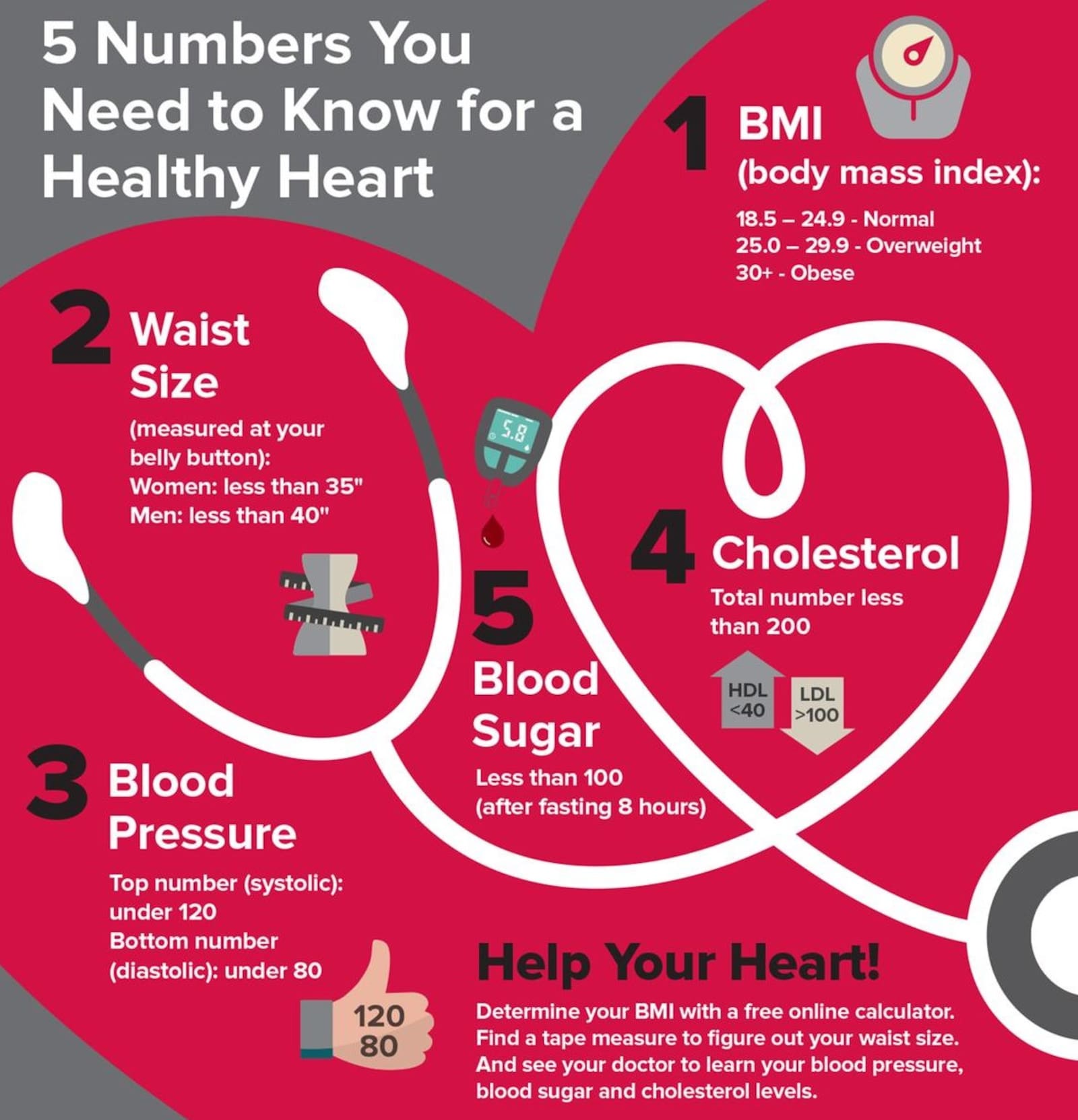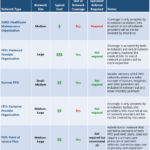Health Skills: The Practical Toolkit to Maintain, Protect, and Improve Your Well‑Being

Overview: What Are Health Skills?
Health skills are the specific tools and strategies you use to maintain, protect, and improve all aspects of your health-physical, mental, and social. Many health education frameworks define them as practical, learnable behaviors such as effective communication, refusal skills, conflict resolution, stress management, decision-making, goal setting, and advocacy [1] . In school health curricula, these are often called life skills because they transfer into everyday choices that reduce risk and promote wellness [1] . A common concise definition used in secondary health education describes health skills as “specific tools and strategies to maintain, protect, and improve all aspects of your health” [2] .
Core Health Skills and How to Use Them
1) Interpersonal Communication
What it is: The exchange of thoughts, feelings, and beliefs between two or more people to build healthy relationships and coordinate care. Effective communication includes clear speaking and active listening [1] .
How to implement (step-by-step): 1) Prepare your key point in one sentence. 2) Use plain language and avoid jargon. 3) Ask an open question (e.g., “What concerns do you have?”). 4) Reflect back what you heard (“It sounds like your main worry is side effects.”). 5) Agree on next steps and confirm understanding.
Example: During a clinic visit, you summarize your symptoms in order of severity, ask one clarifying question, and confirm the care plan. This reduces miscommunication and improves adherence.
Challenges and solutions: If emotions run high, pause and use “I” statements; if there’s confusion, ask the other person to restate the plan in their own words. As an alternative approach, write a brief agenda or use a shared note to keep everyone aligned.
2) Refusal Skills
What it is: Communication strategies to say no when urged to engage in unsafe or unhealthful behaviors or those that conflict with your values [2] .
How to implement (step-by-step): 1) State a firm “No, thanks.” 2) Give a short reason that aligns with your values (“I’m training tomorrow morning.”). 3) Suggest an alternative (“Let’s grab coffee instead.”). 4) Repeat if pressured. 5) Exit if necessary.
Example: Declining a ride with a driver who has been drinking and arranging a rideshare instead.
Challenges and solutions: Peer pressure can be strong; prepare phrases in advance. If social friction occurs, pivot to alternative activities. Another approach is to enlist a supportive friend who shares your boundaries.
3) Conflict Resolution
What it is: Ending conflicts through cooperation and problem-solving so relationships remain safe and respectful [2] .
How to implement (step-by-step): 1) Agree on the problem (“We’re arguing about screen-time rules.”). 2) Set a respectful tone. 3) Brainstorm options without judging. 4) Evaluate pros/cons. 5) Choose a fair solution and set a review date.
Example: Roommates create a shared cleaning schedule and check in weekly.
Challenges and solutions: If either party feels unheard, use a timer to alternate speaking turns. If safety concerns arise, pause and seek a neutral third party. As an alternative, write down proposals to reduce emotional reactivity.
4) Stress Management
What it is: Skills to reduce and manage the body-and-mind response to daily challenges so stress stays within a healthy range [2] .
How to implement (step-by-step): 1) Identify triggers (journal for one week). 2) Use a quick technique (box breathing 4-4-4-4). 3) Schedule recovery blocks (10-15 minutes of movement or stretching). 4) Protect sleep routine. 5) Review and adjust weekly.
Example: Before a presentation, you practice diaphragmatic breathing and a short walk, reducing anxiety and improving focus.
Challenges and solutions: Time pressure is common; use micro-practices (60-120 seconds). If one method stalls, rotate techniques-progressive muscle relaxation, guided imagery, or brief exercise.
5) Decision-Making
What it is: A set of steps that enable you to make healthful choices by considering options and consequences for yourself and others [2] .
How to implement (step-by-step): 1) Define the decision (e.g., treatment vs. watchful waiting). 2) List options. 3) Weigh benefits/risks. 4) Consult credible sources or a licensed professional. 5) Decide and set a review point.
Example: Choosing between physical therapy and imaging first for back pain after discussing guidelines with your clinician.
Challenges and solutions: Analysis paralysis can delay care; set a deadline. If uncertainty remains, choose a reversible option first (trial period) and reevaluate.
6) Goal Setting
What it is: Short- and long-term goals that turn intentions into structured plans for health behaviors, like activity, nutrition, or medication adherence [2] .
How to implement (step-by-step): 1) Make a SMART goal (specific, measurable, achievable, relevant, time-bound). 2) Break into weekly actions. 3) Track progress visibly. 4) Celebrate milestones. 5) Adjust for obstacles.
Example: “Walk 20 minutes after lunch, five days a week, for the next six weeks,” tracked on a calendar.
Challenges and solutions: If motivation dips, use an accountability partner or habit stacking (tie walking to an existing lunch routine). An alternative is to set a minimum baseline (e.g., 5 minutes) to protect streaks.
7) Advocacy
What it is: Taking action to influence others to address a health-related concern or support a health-related belief-at personal, organizational, or community levels [2] .
How to implement (step-by-step): 1) Define a specific change (e.g., safer crosswalks near a school). 2) Gather credible facts and community input. 3) Present a concise case to decision-makers. 4) Propose practical solutions and timelines. 5) Follow up and measure outcomes.
Example: Parents and students advocate for a crossing guard and clearer signage, reducing near-miss incidents around a campus.
Challenges and solutions: Policy change can be slow; maintain records and coalitions. As an alternative, pilot small actions (temporary signage) while pursuing longer-term approvals.
Health Skills in Professional Contexts
In healthcare workplaces, health skills map to core competencies such as communication, empathy, time management, adaptability, and knowledge of privacy practices like HIPAA. These skills support patient safety, teamwork, and service quality across clinical and administrative roles [3] . Combining soft skills (communication, problem-solving) and hard skills (charting, clinical protocols) improves outcomes and career mobility in care settings [4] .
Real-world example: A medical assistant uses clear communication to prepare patients, time management to keep schedules on track, and empathy to de-escalate anxiety-while applying technical skills to record vitals accurately.
Implementation tips: Build a weekly skill plan: select one communication technique to practice, set a micro-goal for time management, and reflect after shifts. If resources are limited, request brief peer shadowing to observe best practices.
How to Build Your Health Skills Step by Step
1) Assess your baseline: Use a simple self-inventory: communication comfort (1-5), stress triggers, decision confidence, goal completion rate. Many school programs recommend inventories to spotlight strengths and gaps before training [1] .
2) Focus on one skill per week: Choose a single skill (e.g., refusal skills). Practice three short scenarios. Track outcomes and note barriers.
3) Use credible learning resources: Seek educational materials from recognized school health curricula or professional development programs. When uncertain about online resources, consider contacting your local school district, public health department, or a licensed healthcare provider and request “health skill-building” materials by name.
4) Create feedback loops: Ask a trusted person to role-play and provide two specific improvement points. Record and review your practice if appropriate.
5) Translate into routines: Attach the new skill to daily habits (e.g., reflect on one decision at dinner; perform two minutes of breathing before meetings).

Source: paho.org
6) Plan for obstacles: Identify likely barriers (time constraints, social pressure) and write an if-then plan: “If I’m pressured, then I’ll restate my boundary and suggest an alternative.”

Source: sdoyouspeakenglish.blogspot.com
Accessing Support Without Assumed Links
If you need structured help building health skills, you can contact:
- Your local public school’s health education department and request their health skills curriculum outline.
- Your county or city public health department and ask for “life skills” or “health communication and stress management workshops.”
- Your primary care clinic to ask about patient education classes on decision-making, stress management, and chronic condition self-management.
When searching online, use precise terms such as “interpersonal communication health skills,” “refusal skills training,” “conflict resolution health education,” “stress management techniques,” “decision-making model in health,” and “advocacy health literacy.” You can also ask a licensed healthcare provider to recommend vetted, evidence-informed programs.
Key Takeaways
Health skills are practical, repeatable behaviors that help you maintain, protect, and improve your overall well-being. Start with communication, stress management, and decision-making; add refusal skills, conflict resolution, goal setting, and advocacy as your confidence grows. Use stepwise practice, real-world scenarios, and feedback to make these skills automatic-and revisit them regularly as your health needs change [1] [2] .
References
[1] Glencoe Health (Chapter 2). Building Health Skills and Character. School curriculum PDF.
[3] Indeed Career Guide (2025). Healthcare Skills: Definition and Examples.
[4] Bryant & Stratton College (2023). Top 12 Hard and Soft Skills Needed in Healthcare.






